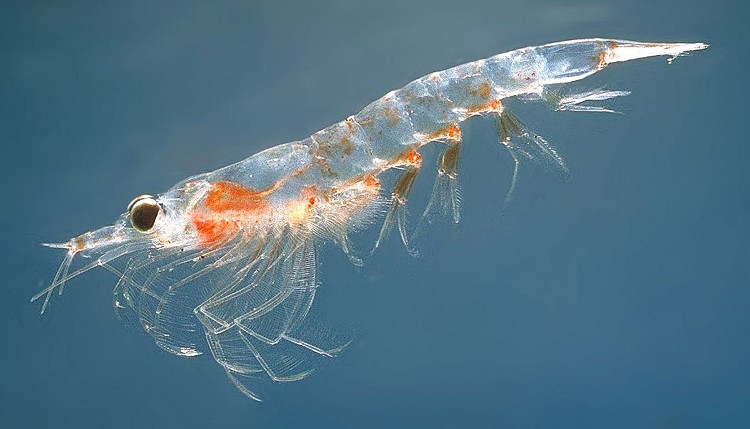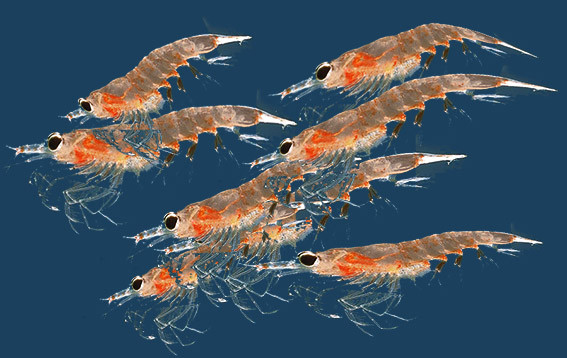About science deciphered potential food sources for humans
A group of American scientists are trying to understand the growth conditions of krill krill, a potential source of human nutrition with a large population in Antarctica that is considered more than the world's population density. 7.5 billion people.
Recently, concerns about krill krill are increasing not only because of climate change but also because this tiny aquatic creature is beginning to be exploited as a supplementary source of food and nutrition. for humans as well as food used in aquaculture. However, modern science does not know much about the conditions that help krill grow.

The perfect combination of wind and tide helps the krill community thrive.
Kim Bernard, a biographer at Oregon State University and a group of colleagues, focused on studying environmental conditions that helped to form strong and thriving krill "communities" in the seas. Antarctic.
In the study published in the July 5 issue of Deep Sea Research, scientists believe that the "key" lies in the perfect combination of wind and tide , whereby the krill mollusk aggregates are concentrated at Palm Deep Canyon , a food-rich water and nutrient for krill species, is brought near the shore by tide and wind.
When the wind blows in the West and the tide goes up once a day, krill mollusks appear everywhere near the shore, bringing a valuable source of nutrition for humpback whales and penguins. When the tide turns up and down twice a day, the flow will push the krill collection away from the shore and away from the enemies.
Similarly, the south wind blows the krill krill further and separates rather than shrinking into a set. This mechanism helps krill mollusks community avoid the "tragedy" completely destroyed by predators.

The krill "community" is crowded and thrives in the South Sea.
In addition, the study also suggested that sea ice could play a very important role for the survival of krill mollusks but so far cannot determine exactly why.
Bernard said that when the amount of ice on the sea is low, the number of krill krill that appears next summer will be much less.
The team thinks it could be due to changes in the amount of krill food in the sea, or it could be sea ice that provides shelter for krill krill to avoid predators, or the existence of photo sea ice. enjoy flow in some way.
- List of 14 most dangerous invasive species in the world
- Should we humans eat meat?
- Conservation project ... human
- Insects will be an important food for humans
- The risk of potential poisoning from chicken in supermarket
- Truth and misconceptions in science - Deception in science
- Promoting human potential to reveal many mysteries
- Europe can use fly larvae as feed for chickens and pigs
- Without rice, what will humans eat?
- Discover potential sources of life for Martian microorganisms
- New findings on the risk of infection 'mad cow' in humans
- FAO calls for investment in growing insects for food
 Green tea cleans teeth better than mouthwash?
Green tea cleans teeth better than mouthwash? Death kiss: This is why you should not let anyone kiss your baby's lips
Death kiss: This is why you should not let anyone kiss your baby's lips What is salmonellosis?
What is salmonellosis? Caution should be exercised when using aloe vera through eating and drinking
Caution should be exercised when using aloe vera through eating and drinking